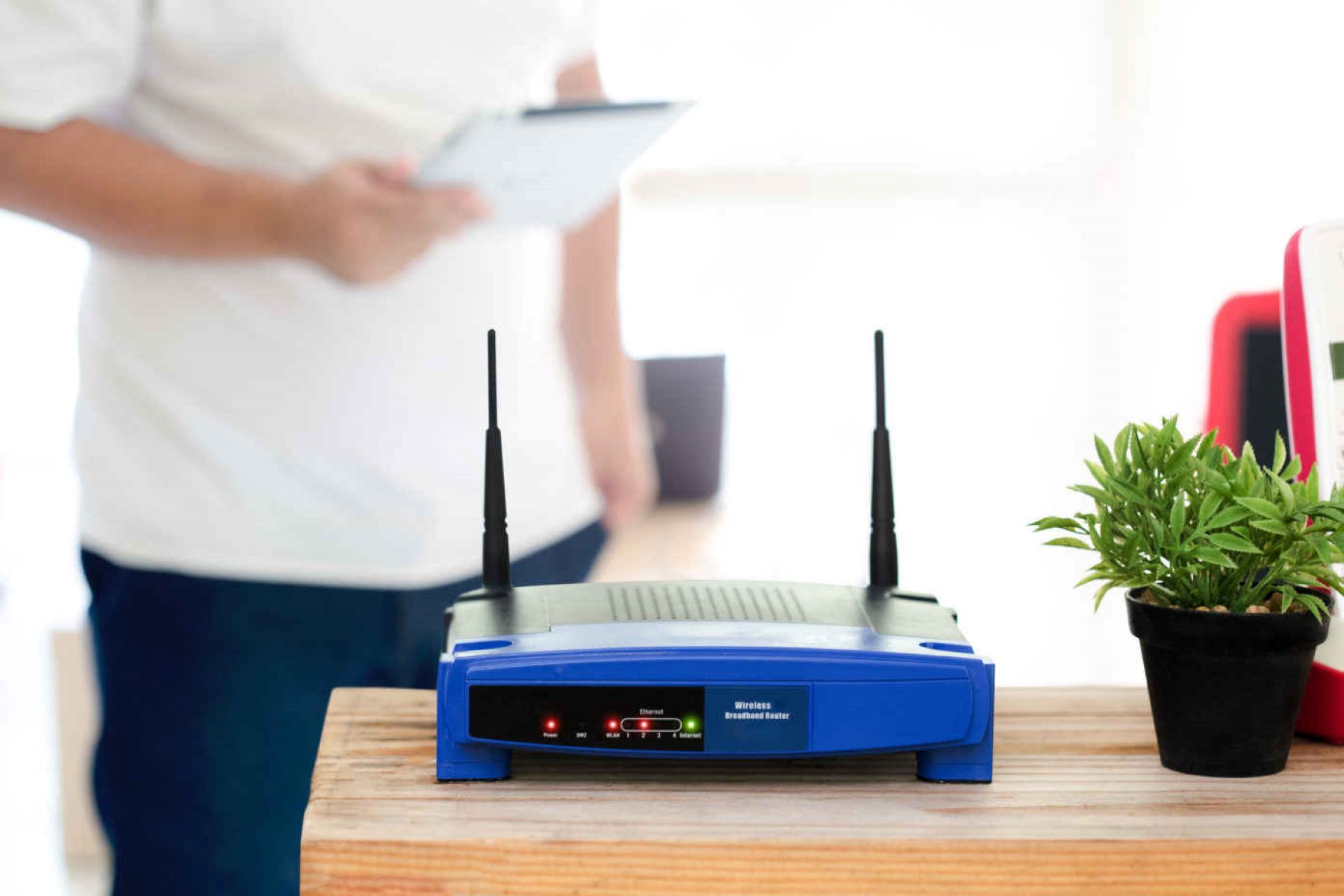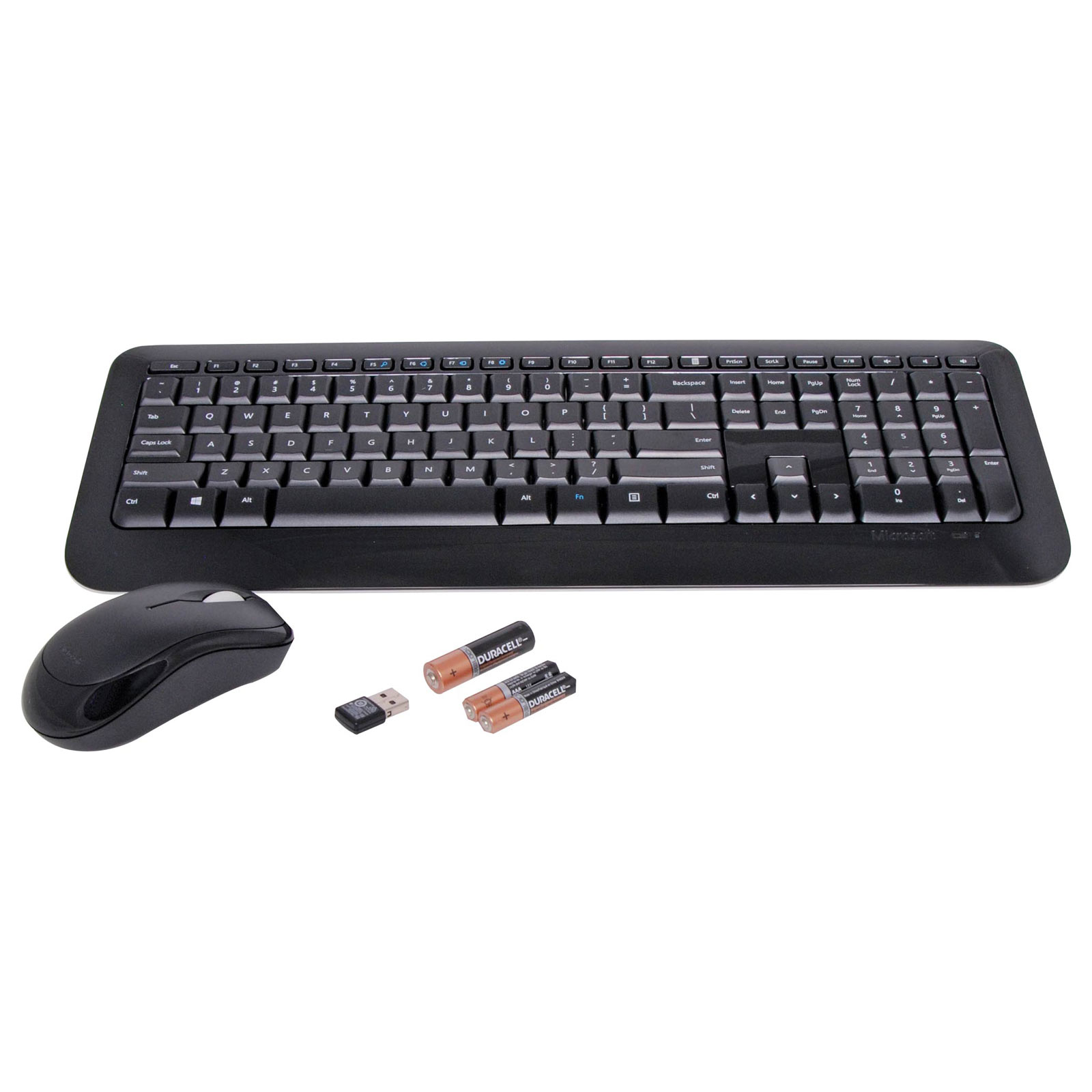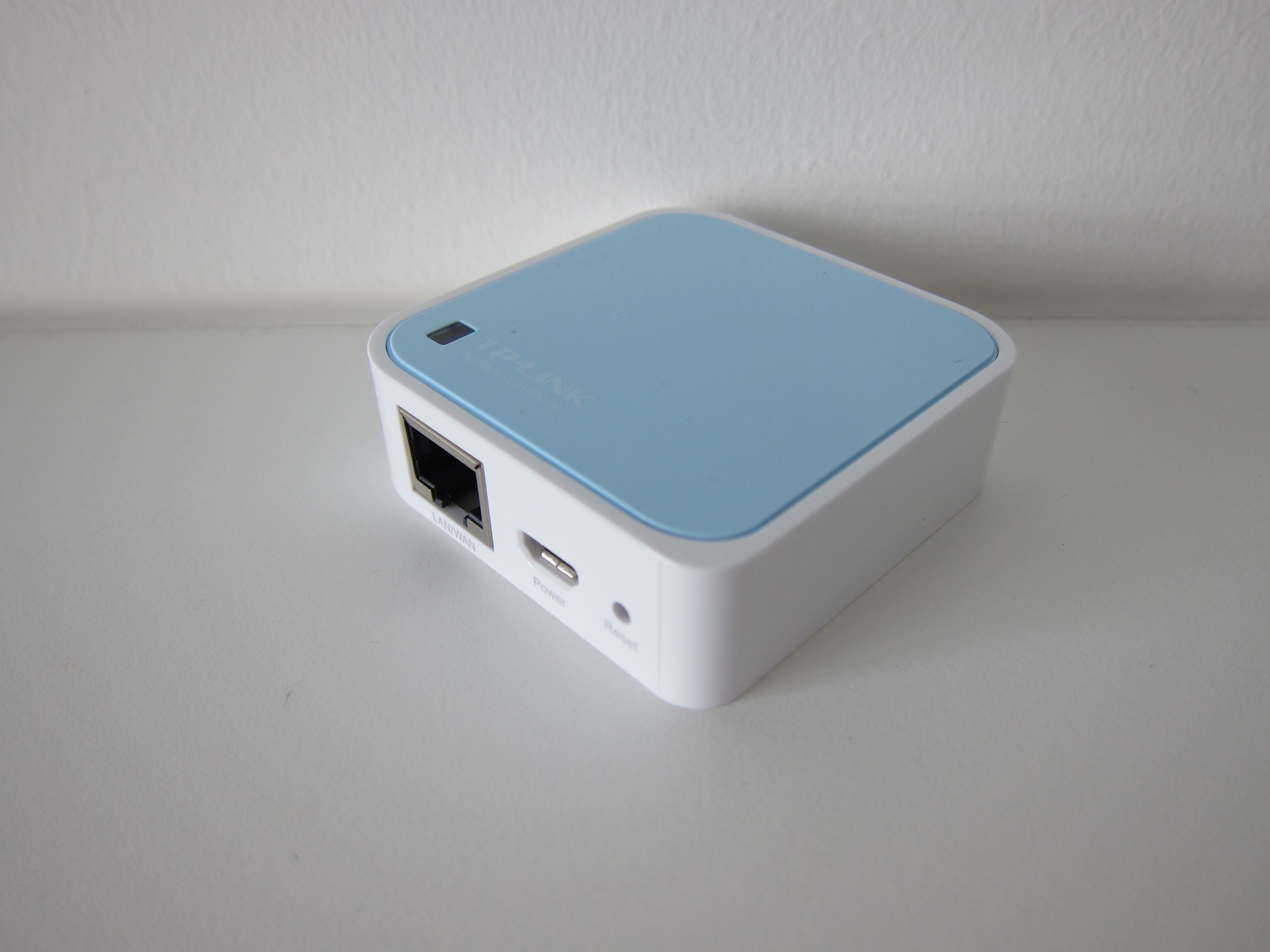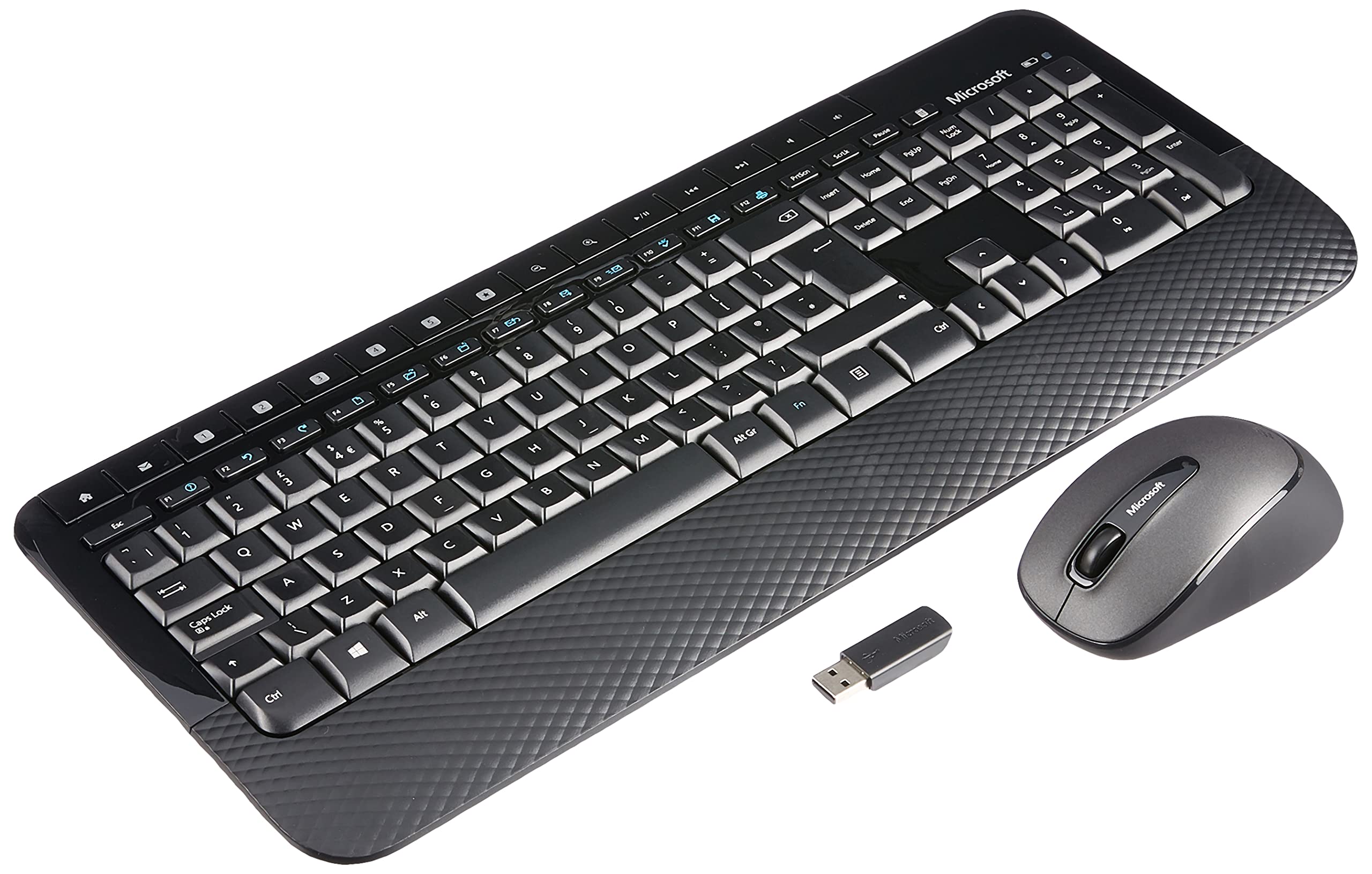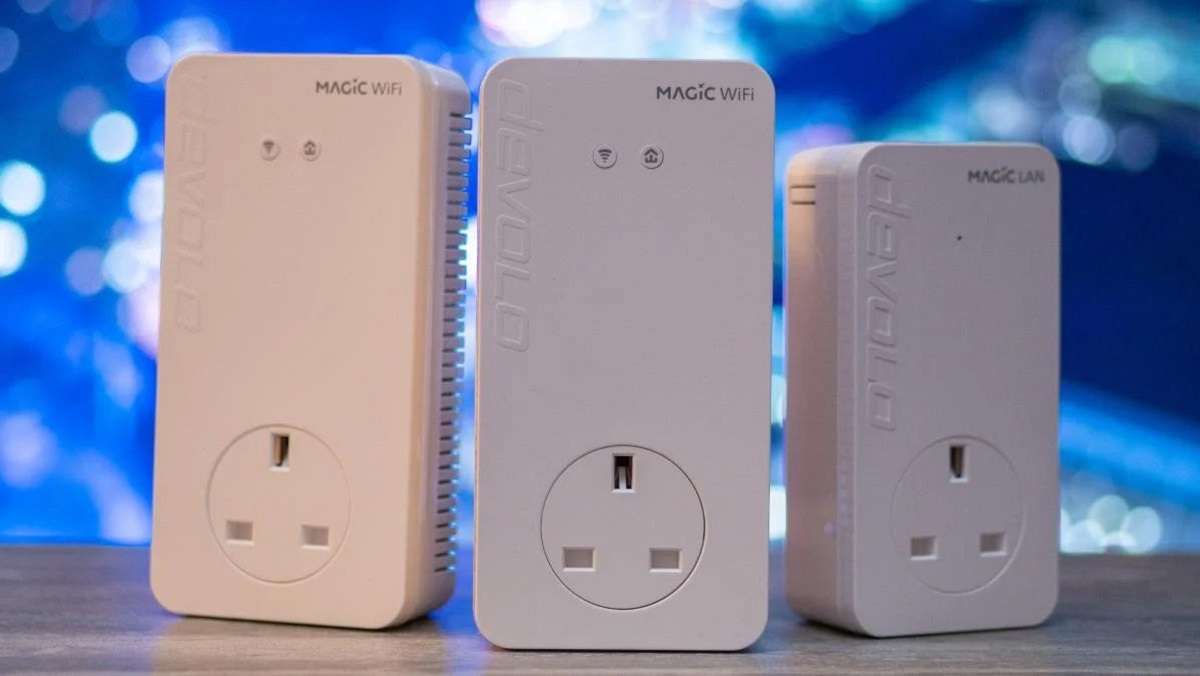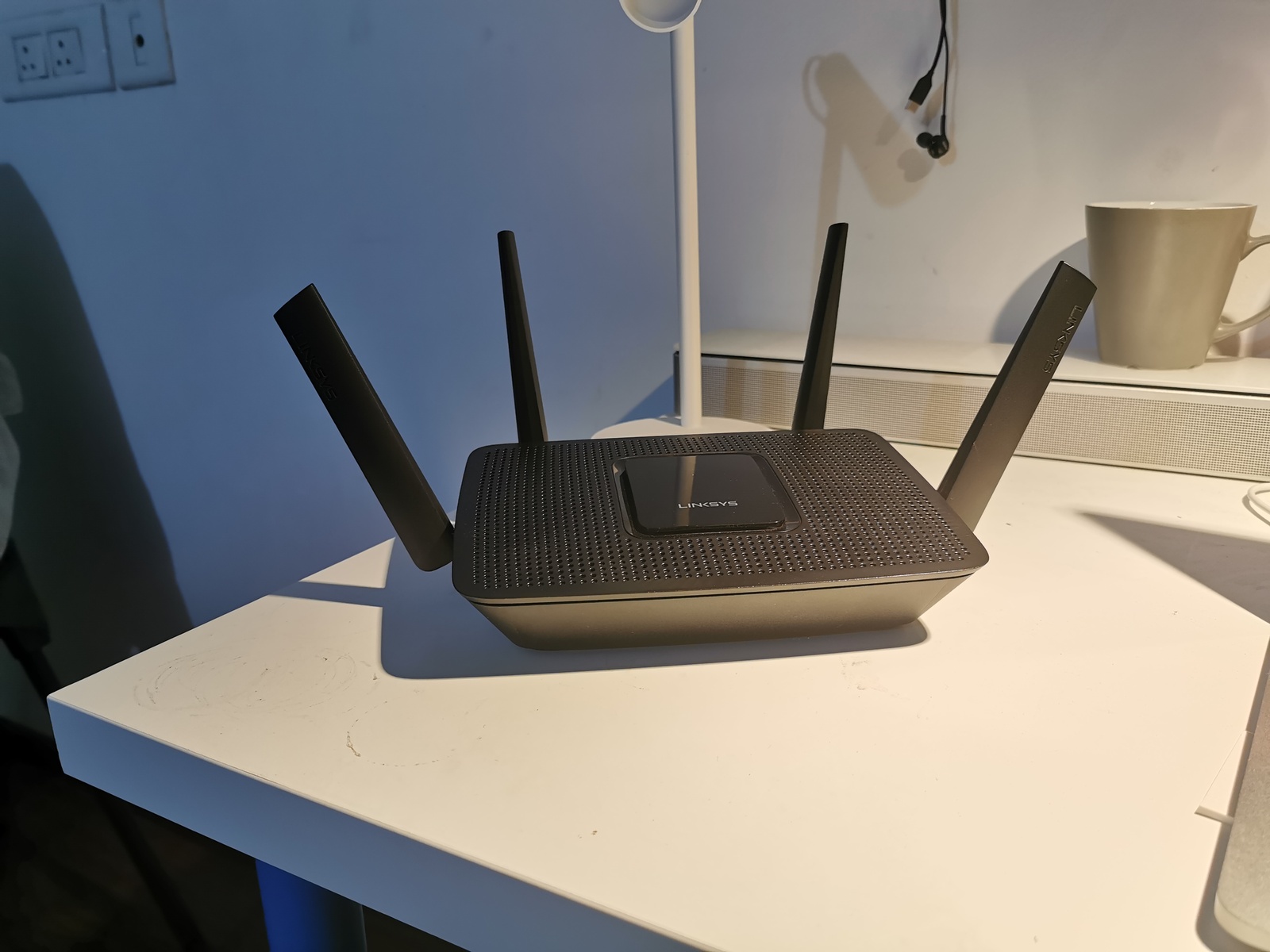Introduction
Welcome to the world of wireless security standards! As wireless networks continue to grow and evolve, ensuring the security of these networks becomes increasingly important. With the rise in cyber threats and the need to protect sensitive information, it is crucial to implement robust security measures.
When it comes to wireless security, one of the key factors to consider is the encryption algorithm and key length used. Encryption is the process of converting data into a format that is unreadable to unauthorized users. The key length refers to the size of the encryption key, with longer key lengths generally considered more secure.
In this article, we will explore the various wireless security standards and focus specifically on those that utilize a 128-bit key. These standards offer a higher level of security, making them suitable for safeguarding wireless networks in both residential and enterprise environments.
Understanding the different wireless security standards and their encryption methods is crucial for administrators and individuals looking to protect their wireless networks from potential threats. Let’s dive into the details of these standards to gain a better understanding of their capabilities and benefits.
WEP (Wired Equivalent Privacy)
WEP, or Wired Equivalent Privacy, was the first wireless security protocol introduced in the late 1990s as an attempt to provide security comparable to that of a wired network. It utilizes a 128-bit encryption key, which was considered strong at the time. However, over the years, WEP has been found to have several vulnerabilities and is now considered highly insecure.
WEP operates by encrypting data using the RC4 encryption algorithm. The 128-bit key is used to encrypt and decrypt data transmitted between devices on the wireless network. This encryption process ensures that data is protected and cannot be easily intercepted by unauthorized individuals.
Unfortunately, WEP has several weaknesses that make it susceptible to attacks. One of the major vulnerabilities is the reuse of encryption keys, which allows attackers to crack the key with relative ease. Additionally, WEP suffers from weak integrity checking, making it susceptible to packet tampering and injection attacks.
Due to these vulnerabilities, it is highly recommended to avoid using WEP as a security standard for wireless networks. Instead, consider utilizing more robust security protocols such as WPA or WPA2, which we will explore in the next sections. By upgrading to these newer standards, you can significantly enhance the security of your wireless network and protect your data from potential threats.
WPA (Wi-Fi Protected Access)
Wi-Fi Protected Access (WPA) is a wireless security protocol introduced as a replacement for WEP. It addresses the vulnerabilities of WEP and provides stronger encryption and improved security for wireless networks. WPA, like WEP, utilizes a 128-bit encryption key to protect data transmitted over the network.
WPA operates in two modes: WPA-Personal (WPA-PSK) and WPA-Enterprise. WPA-Personal, also known as WPA-PSK (Pre-Shared Key), is suitable for home networks and small businesses. It requires users to enter a passphrase or a secret key that is shared among the devices on the network. This passphrase is then used to generate the 128-bit encryption key.
WPA-Enterprise, on the other hand, is designed for larger organizations and utilizes an authentication server, such as a RADIUS (Remote Authentication Dial-In User Service) server, to authenticate users. It provides enhanced security by using unique encryption keys for each individual user.
In addition to stronger encryption, WPA incorporates additional security features such as message integrity checks (MIC) to detect and prevent packet tampering. It also supports TKIP (Temporal Key Integrity Protocol), which dynamically changes the encryption keys during data transmission to further secure the network.
While WPA is an improvement over WEP, it is important to note that it is still susceptible to certain attacks, especially if weak or easily guessable passphrases are used. Nonetheless, WPA is considered a more secure option and is widely adopted as the standard for securing wireless networks.
However, with the advancement of technology and the discovery of vulnerabilities in WPA, the industry has shifted towards using the latest wireless security standard, WPA2, which we will explore in the next section.
WPA2 (Wi-Fi Protected Access 2)
Wi-Fi Protected Access 2 (WPA2) is the successor to WPA and is currently the most widely used wireless security standard. It provides even stronger encryption and better protection against security vulnerabilities compared to its predecessors.
Similar to WPA, WPA2 offers two modes: WPA2-Personal and WPA2-Enterprise. WPA2-Personal, also known as WPA2-PSK, is suitable for home networks and small businesses. It requires users to enter a passphrase or a secret key, which is used to generate the 128-bit encryption key. Each device connecting to the network must use the same passphrase to establish a secure connection.
WPA2-Enterprise, on the other hand, is designed for larger organizations and utilizes an authentication server, such as a RADIUS server, to authenticate users. It provides even higher security by using unique encryption keys for each user, ensuring that even if one user’s credentials are compromised, the rest of the network remains secure.
WPA2 incorporates the Advanced Encryption Standard (AES), a strong encryption algorithm that is highly resistant to attacks. AES is currently the recommended option for securing wireless networks, as it offers better performance and security compared to the Temporal Key Integrity Protocol (TKIP) used in WPA.
One of the key improvements in WPA2 is the elimination of the vulnerabilities present in WEP and the improvements made in WPA. It addresses several security weaknesses and ensures a robust protection mechanism for wireless networks. However, it is still essential to choose a strong and unique passphrase to maximize the security of a WPA2-Personal network.
Overall, WPA2 is widely regarded as a highly secure wireless security standard and is the recommended option for securing wireless networks. However, with the emergence of new security threats and advancements in technology, a newer standard called WPA3 has been introduced to further enhance wireless security, which we will explore in the next section.
WPA3 (Wi-Fi Protected Access 3)
Wi-Fi Protected Access 3 (WPA3) is the latest wireless security standard introduced to address the evolving security needs of wireless networks. It builds upon the foundation laid by WPA2 and introduces several new features and enhancements to strengthen wireless security.
One of the key improvements in WPA3 is the use of a more robust encryption algorithm called Simultaneous Authentication of Equals (SAE). SAE replaces the Pre-Shared Key (PSK) used in WPA2-Personal with a stronger key exchange method, offering better protection against password cracking attacks.
WPA3 also provides enhanced security for public Wi-Fi networks. It introduces the Opportunistic Wireless Encryption (OWE) feature, which ensures that even if the network does not require a password, data transmitted over the network is still encrypted. This helps prevent unauthorized access and protects user privacy, making it safer to connect to public Wi-Fi hotspots.
Another significant improvement in WPA3 is the Individualized Data Encryption feature. With WPA3, each device on the network gets its unique encryption key, ensuring that even if one device’s key is compromised, the rest of the network remains secure. This adds an extra layer of protection, especially in enterprise environments where multiple devices are connected.
In addition to stronger encryption methods, WPA3 also provides better protection against brute-force attacks by increasing the minimum required key length. Password guessing attacks are made more difficult by imposing restrictions on the number of authentication attempts, making it harder for attackers to gain unauthorized access to the network.
While WPA3 offers significant improvements in wireless security, it is important to note that its adoption is still relatively new. As WPA3-compatible devices become more widespread, it is expected to become the standard for securing wireless networks. However, during this transition period, it is important to ensure compatibility between older devices that only support WPA2 and newer devices that support WPA3.
Overall, WPA3 represents a leap forward in wireless security, addressing the weaknesses of its predecessors and introducing new features to provide better protection. As the industry continues to evolve, WPA3 will play a crucial role in safeguarding wireless networks and ensuring the privacy and security of users.
Conclusion
Wireless security standards play a vital role in safeguarding our wireless networks and protecting sensitive information from potential threats. In this article, we explored several widely used wireless security standards that utilize a 128-bit key: WEP, WPA, WPA2, and WPA3.
WEP was the first wireless security protocol but has been long considered insecure due to various vulnerabilities. Its 128-bit key encryption is no longer sufficient to provide robust protection against attacks.
WPA, the successor to WEP, offered stronger encryption and improved security features. It introduced the use of a passphrase or secret key for encryption, enhancing the security of wireless networks.
WPA2 further enhanced wireless security by implementing the Advanced Encryption Standard (AES) algorithm and introducing individualized encryption keys. It is currently the most widely used wireless security standard due to its robust protection mechanisms.
The latest advancement in wireless security is WPA3, which improves upon the weaknesses of its predecessors and introduces new features like Simultaneous Authentication of Equals (SAE) and Opportunistic Wireless Encryption (OWE). WPA3 offers even stronger encryption, increased protection against attacks, and better security for public Wi-Fi networks.
As the industry continues to evolve, it is important to stay updated with the latest wireless security protocols and adopt the best practices to ensure the security of our wireless networks. Upgrading from older, less secure protocols like WEP to more robust standards like WPA2 or WPA3 can significantly enhance the security of our networks and protect our valuable data.
Remember, choosing a strong passphrase or key, regularly updating firmware and security settings, and staying informed about emerging threats are all essential steps in maintaining a secure wireless network.
By understanding and implementing the appropriate wireless security standards, we can confidently enjoy the convenience and benefits of wireless networks while ensuring the protection of our data and privacy.







